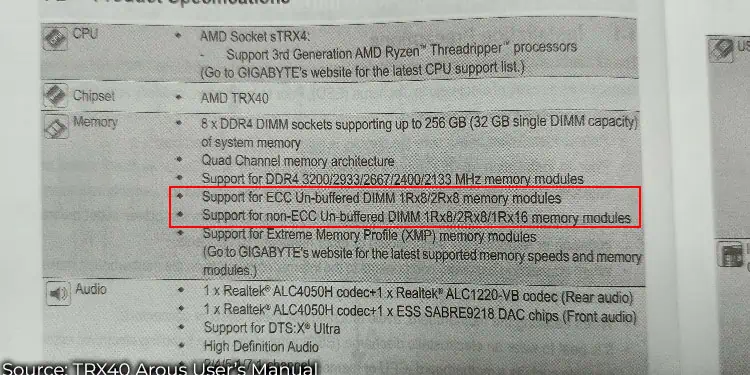Depending on your motherboard and what you utilize the system for, you may either install RAM that detects and corrects memory errors (ECC RAM) or one that doesn’t (Non-ECC RAM).
ECC memory can fix memory errors in RAM. Using ECC memory lowers the risk ofsystem crashes, server failure, and data corruption. Non-ECC memory, on the other hand, cannot fix memory errors. Some non-ECC memory may come with support for memory errors detection but not correction.
So which one is better? The answer depends on one major factor, the system’s usage. If you have a workstation PC, running a database server, or performing real-time calculations where accuracy is crucial, you need an ECC RAM in your system.
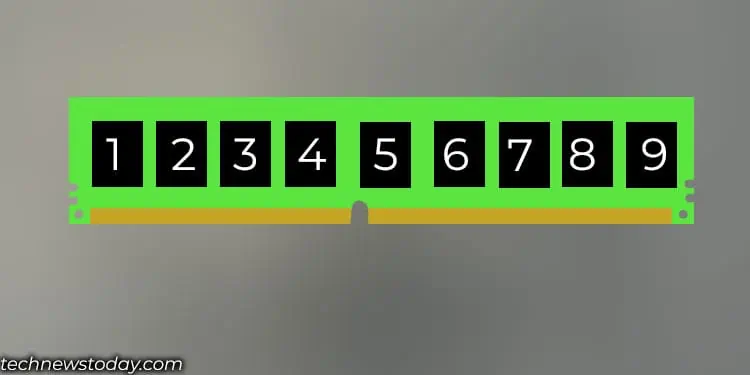
For most average consumers, a system with non-ECC RAM will work fine, just that the system won’t be able to correct memory errors. However, if you want that extra shield of protection from data corruption, it makes sense to use an ECC RAM.
ECC RAM is a popular type of memory that uses a parity bit in its memory address to detect and correct single bit memory errors. It can also detect dual-bit errors but cannot correct them.
The change in memory bits could occur due to corruption in memory address, error inmemory timing, software bugs, or external hardware issues. To fix this, ECC memory uses a separate parity bit that keeps track of total number of 0’s or 1’s in a memory block.
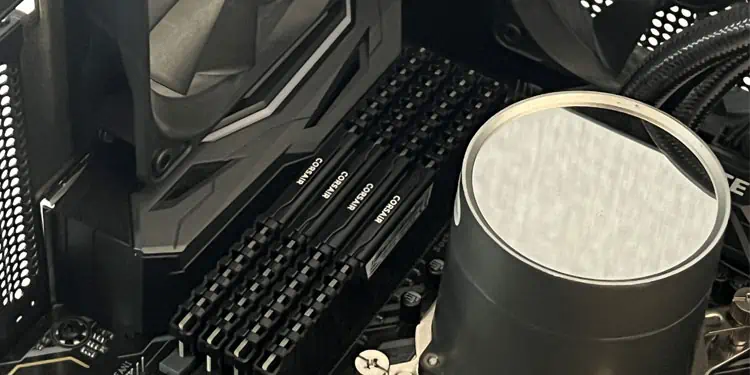
Suppose a single bit from the memory block is changed. Say 0 changes to 1. Now, when accessing the data from the memory block, an algorithm uses the parity bit to check whether the data is altered.
Thesetypes of memoryare specifically used in huge workstations and server computers, where data accuracy is of the utmost importance.
In workstation computers or database servers, crucial user data or information are constantly passed through RAM for the CPU to process. If these data are corrupted or if incorrect data is stored, correcting these mishaps could take weeks or even months when using non-ECC RAM.
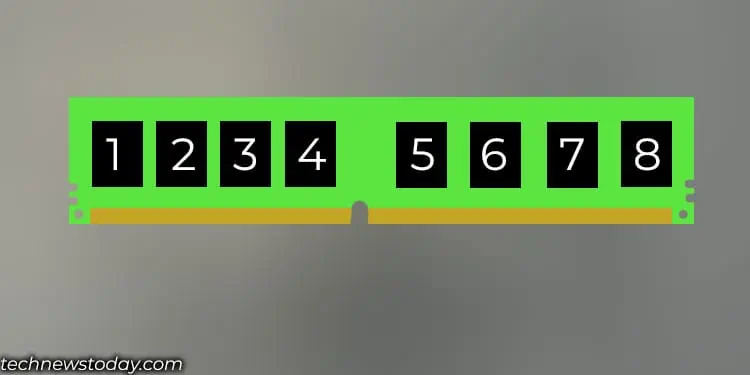
Memory error on such a server that’s processing millions of data, or calculating real-time data can lead to catastrophic outcomes.
ECC RAM can instantly detect and correct these types of errors. It accurately detects single-bit errors in the memory address block and corrects them without any user interruption.
Once the memory detects and corrects a single-bit error in the memory address, it displays aMachine Check Exception warningin theEvent Log.
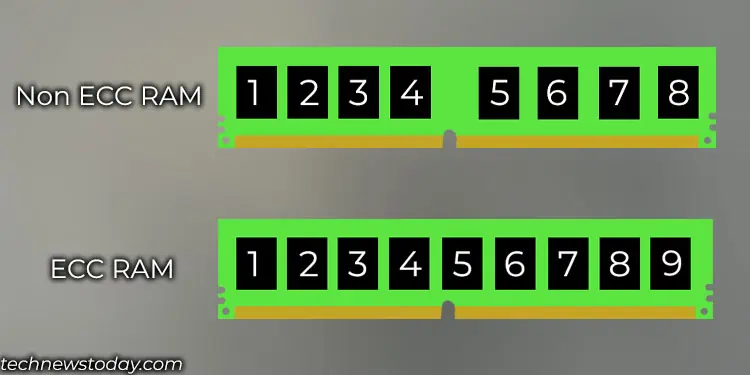
The important thing to note here is ECC memory is mostly used to prevent data corruption and provide system stability. Although ECC RAM makes the system more stable compared to non-ECC RAM, avoiding data corruption is where it mostly shines.
One downside to ECC RAM would be that these RAM usually come with lower RAM speeds. DDR4 ECC RAM comes up to a max speed of 3200 MT/s. DDR5 ECC RAM, on the other hand, has a speed up to 5200 MT/s.
As the name suggests, non-ECC RAM does not support error correction. Non-ECC RAM is general-purpose RAM used on most consumer-level computers. It does not have parity support, and it cannot correct single or dual memory bit errors.
